Employee advocacy can give your brand a social media boost
When it comes to brand awareness and audience acquisition, managing a coordinated posse of advocates is essential. You need a viable base of people loyal to your brand who are willing to share your content and post about how awesome your products are. There’s simply no better way, other than advertising, to maximize your brand’s reach on social media.
Sure, niche-relevant influencers and your community of customers are the obvious answers, but your own workforce is a great resource too. Employees are often untapped for advocacy purposes, because without a sound strategy in place, it can feel like you’re asking too much of them, which can cause morale to plummet. However, by developing a company culture that celebrates and rewards ongoing advocacy performance, it’s possible to use content sharing as a potent employee engagement tool – one that helps your team members to develop their own personal brands as well.
Some of your employees may even have bigger online reach than your CEO, or more than your entire brand. But regardless of their own levels of online influence, they can all work together to help you unlock actual business goals.
When done right, employee advocacy can even drive revenue, since it helps with key conversion factors like social proof and brand equity, while also driving traffic your way. Some of these visitors may even register as leads and eventually become customers. However, it's important to make sure that your employees are doing more than blasting out mere broadcast noise. Thoughtless posting will fall on deaf eyes and ears, if there's nothing engaging about it.
Here's how you can make sure that your team is driving the most business impact possible by sharing your content as a unit.
Mix in plenty of third-party content
When curating content for your team to share, keep audience engagement and your employees’ own interests in mind. The content should always be relevant and educational, but unless it's also credible, visually appealing and interesting, you'll have trouble getting people to post it and even more trouble getting people to read it.
When you're building a content sharing strategy, it's important to provide different types of content to support prospects in each stage of your sales funnel. Of course you can introduce offers and promotional content into the mix, but that kind of content should be secondary, and used sparingly.
Not all the content your team shares should be published by your brand. If this is the case, you'll come off as a constant sales pitch to your audience – contributing to that "noise" they try to avoid online.
When your advocates do nothing but pitch, their audience members will eventually start to ignore them. A good rule of thumb is 80/20 – out of every 10 posts you share, only two of them should be related to your company, and the other eight should be things from other sources that audiences are likely to also find useful.
Make it easy for your team to share curated content by providing it for them. Tools like Feedly and Juice.li make it easy to find fresh, compelling, niche-relevant content worthy of sharing out. Feedly is a newsreader tool that allows you to collect content from various feeds, making it easy to discover content related to your niche from one place. The iOS-only Juice.li is a similar tool, but it uses algorithms to find 10 article share suggestions per day, based on your Twitter following’s interests and share rates of a given topic’s coverage on a given publication.
For best results, encourage your staff to propose curated content shares themselves as well. After all, your customer support staff, for example, knows what kinds of issues customers need help with on a regular basis. They can make their jobs easier and help customers at the same time by finding content specifically designed to answer the most frequently asked questions.
Measure impact thoroughly
Measuring social media ROI is complicated. While metrics like team-generated post volume, clicks on team-generated posts and total team social graph size are important, if you really want to measure business impact, you'll need to correlate conversions (including micro-conversions, such as email list signups, social media follows and gated asset downloads) with clicks on team-generated posts.
Only then are you able to optimize your curation flow and reward programs to drive the most business. With a comprehensive advocacy tool like Smarp, you can keep track of employee-referred conversions and shares.
Plus, with Smarp, you can easily add dynamic UTM tags and track performance to see which pieces of content, which channels and which employees are driving the most engagement and conversions. The app will automatically append coded UTM tags to posts, allowing you to track the traffic that comes from each employee’s sharing efforts, rather than relying on the basic analytics information provided by the social networks themselves. This way, you can reward employees who are driving the highest volume of traffic and leads, while knowing which people may be struggling with your program.
After you've got some content posted and shared, start paying close attention to your analytics. Use those insights to figure out what kind of content your employees’ audience members love and engage with most. Then, start crafting more content along those lines and incentivizing your employees to share it.
Encourage organization-wide participation
Of course you want to involve your sales team in your company’s “social selling” processes, but you don't have to stop there. Involving everyone in employee advocacy is a proven way to boost conversions. But the success of the program depends on how motivated your staff members are to actively participate in discussions and share posts. This is why you must get as many people as possible to take part in the program.
To entice people to join and contribute, you can use a gamified system that incentivizes participation and keeps interest high. Most leading employee advocacy platforms make it easy to set up a sharing leaderboard to inject a sense of competition among team members, and some include functionality for issuing rewards to top sharers. When employees reach certain milestones or checkpoints, you can reward them with anything from free lunch to gift cards to charity donations.
If you're not sure what kind of rewards they'd be most interested in, just ask. Allowing your team to participate in the management of the program ensures you end up with something they'll feel invested in. Although many advocacy platforms do feature survey functionality, surprisingly many do not, and free tools like SurveyMonkey can make it easy to poll your team.
Marketers must be able to explain the benefits to their non-marketer colleagues in such a way that positions employee advocacy as the win-win scenario that it really is. And make sure that you’re giving people access to great tools to make the process easier for everyone involved.
If your team feels like you're giving them a lot of extra work to do, and they don't see any reward for it, they're much less likely to participate.
Meet with the heads of each department in your company and discuss their participation. Allow them to speak freely about their ideas and concerns about participating in the program. Get feedback from as many employees as possible, so you know how to structure the program to make the company happy.
Maintain a steady flow of shares
If you pay attention to those seemingly ubiquitous social media posting frequency studies, you'll see that the recommendations generally involve posting content several times per day. Social newsfeeds move fast, and if your content isn’t seen by anyone relevant while a post is fresh, then it’s unlikely to ever be seen. Effective social selling programs therefore must be consistent if you want them to build any kind of lasting impact.
Make sure you offer a high volume of content assets for people to share all week long, so that they’ll never run out of choices.
If your team members express concern over how they’ll make time for several posts per week, encourage them to use a social media scheduling platform like Buffer, Hootsuite or Edgar to create several posts in advance and schedule them to go live on their channels regularly. Some advocacy platforms even offer built-in social post scheduling modules.
Work with each department in your organization to create viable workflows, schedules and content pipelines allows you to develop an advocacy program that accomplishes your goals without adding extra stress to peoples’ workdays. When everyone works together, you can create a single editorial calendar that all departments can see, so they can find opportunities to cross promote.
Allow free use of channels
On a corporate level, you've likely pent time identifying the channels you'll use for maximum social media engagement. When it comes to employee advocacy, however, you’ll need to forget that approach. Yes, it's awesome if your team decides they want to use the same channels that your branded profiles are most active on, but if you try to force them to use one channel while avoiding another, you're setting the program up for failure.
Allow your team to pick and choose the social platforms that they feel most comfortable on. Your employees know their networks better than you do, so all you need to do is let them know the default channels that are available to them.
If you have employees who are new to social media, they may be confused and require some training and assistance in adapting from one channel to the next. The best thing you can do is educate and support them, so they feel confident in their day-to-day social media activities.
To get the best results from your employee advocacy program, it's important to take your time. Invest in refining your goals and KPIs, and coordinating with leaders from each department to contribute. Then, speak with all of the relevant stakeholders about advocacy processes and implement their feedback whenever possible.
Since you are in a sense asking them to do extra work, you must make them feel like you're listening to what they have to say – and providing them with significant value.
source http://www.smartinsights.com/online-pr/online-pr-outreach/employee-advocacy-program-optimized-performance/
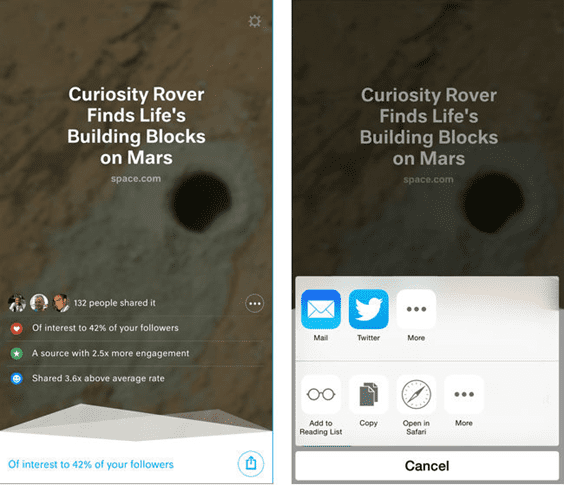
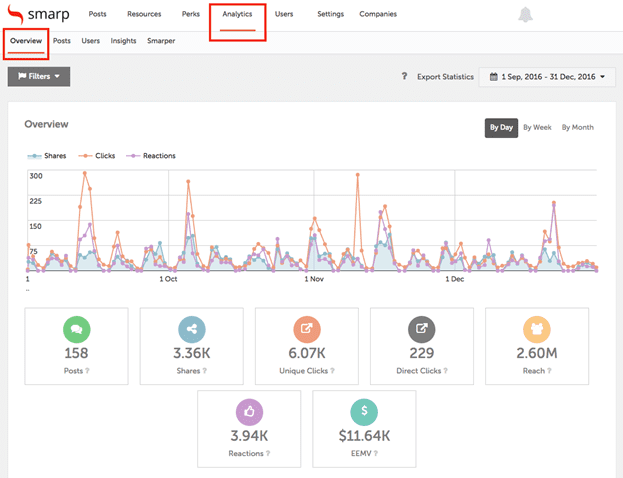
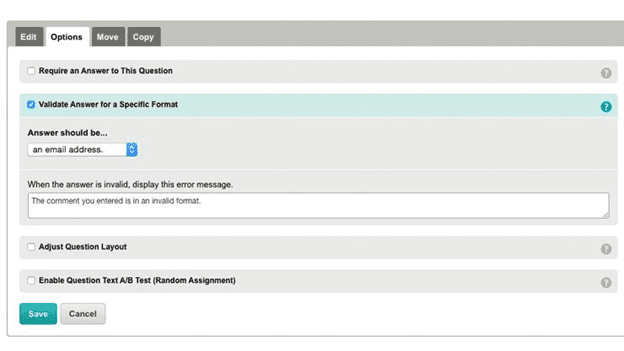
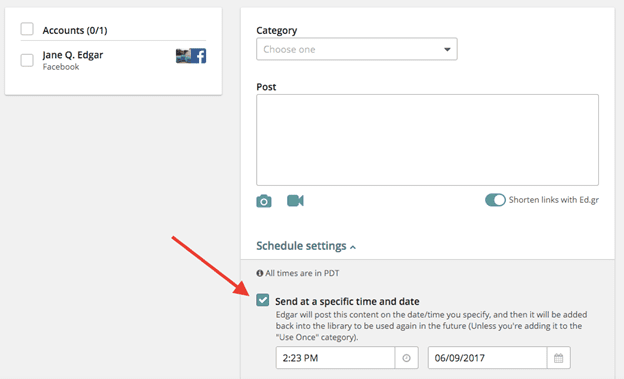
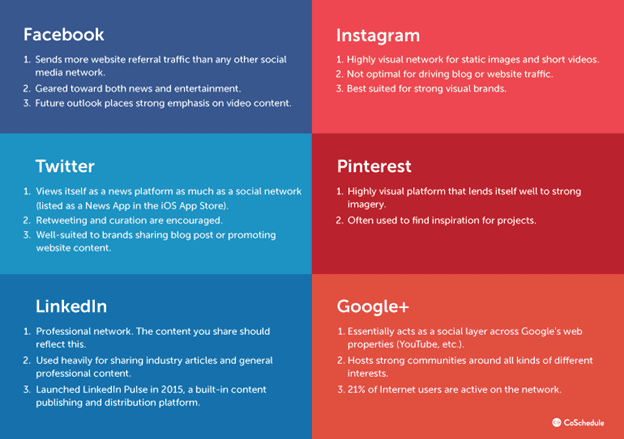
 Thanks to
Thanks to
Great tips. I agree content like the ones mentioned above will go a long way towards employee engagement. I would also recommend using a tool like DrumUp https://drumup.io/employee-advocacy to boost engagement efforts. Give it a look :)
ReplyDeleteThree are usually cheap Ralph Lauren available for sale each and every time you wish to buy. Employee engagement in Dubai
ReplyDelete